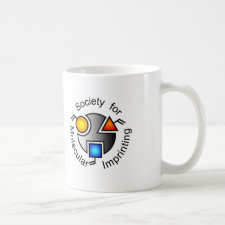
Authors: Deceuninck Y, Bichon E, Durand S, Bemrah N, Zendong Z, Morvan ML, Marchand P, Dervilly-Pinel G, Antignac JP, Leblanc JC, Le Bizec B
Article Title: Development and validation of a specific and sensitive gas chromatography tandem mass spectrometry method for the determination of bisphenol A residues in a large set of food items.
Publication date: 2014
Journal: Journal of Chromatography A
Volume: 1362
Page numbers: 241-249.
DOI: 10.1016/j.chroma.2014.07.105
Alternative URL: http://www.sciencedirect.com/science/article/pii/S0021967314012953
Abstract: BPA-containing products are widely used in foodstuffs packaging as authorized within the European Union (UE no. 10/2011). Therefore, foods and beverages are in contact with BPA which can migrate from food contact material to foodstuffs. An accurate assessment of the exposure of the consumers to BPA is crucial for a non-ambiguous risk characterization. In this context, an efficient analytical method using gas chromatography coupled to tandem mass spectrometry (GC-MS/MS), in the selected reaction monitoring (SRM) mode, was developed for the quantification of BPA in foodstuffs at very low levels (<0.5 μg kg-1). A standard operating procedure, based on the combination of two successive solid phase extractions (SPE), was developed for various liquid and solid foodstuffs. The use of 13C12-BPA as internal standard allowed accurate quantification of BPA by isotopic dilution. Control charts based on both blank and certified materials have been implemented to ensure analytical data quality. The developed analytical method has been validated according to in-house validation requirements. R2 was better than 0.9990 within the range [0-100 μg kg-1], the trueness was 4.2%. Repeatability and within-laboratory reproducibility ranged from 7.5% to 19.0% and 2.5% to 12.2%, respectively, at 0.5 and 5.0 μg kg-1 depending on the matrices tested for. The detection and quantification limits were 0.03 and 0.10 μg kg-1, respectively. The reporting limit was 0.35 μg kg-1, taking into account the mean of the laboratory background contamination. The global uncertainty was 22.2% at 95% confidence interval
Template and target information: bisphenol A, BPA
Author keywords: bisphenol A, GC-MS, MS, Foodstuffs, Isotopic dilution, MIP, Validation



Join the Society for Molecular Imprinting

New items RSS feed
Sign-up for e-mail updates:
Choose between receiving an occasional newsletter or more frequent e-mail alerts.
Click here to go to the sign-up page.
Is your name elemental or peptidic? Enter your name and find out by clicking either of the buttons below!
Other products you may like:
 MIPdatabase
MIPdatabase









